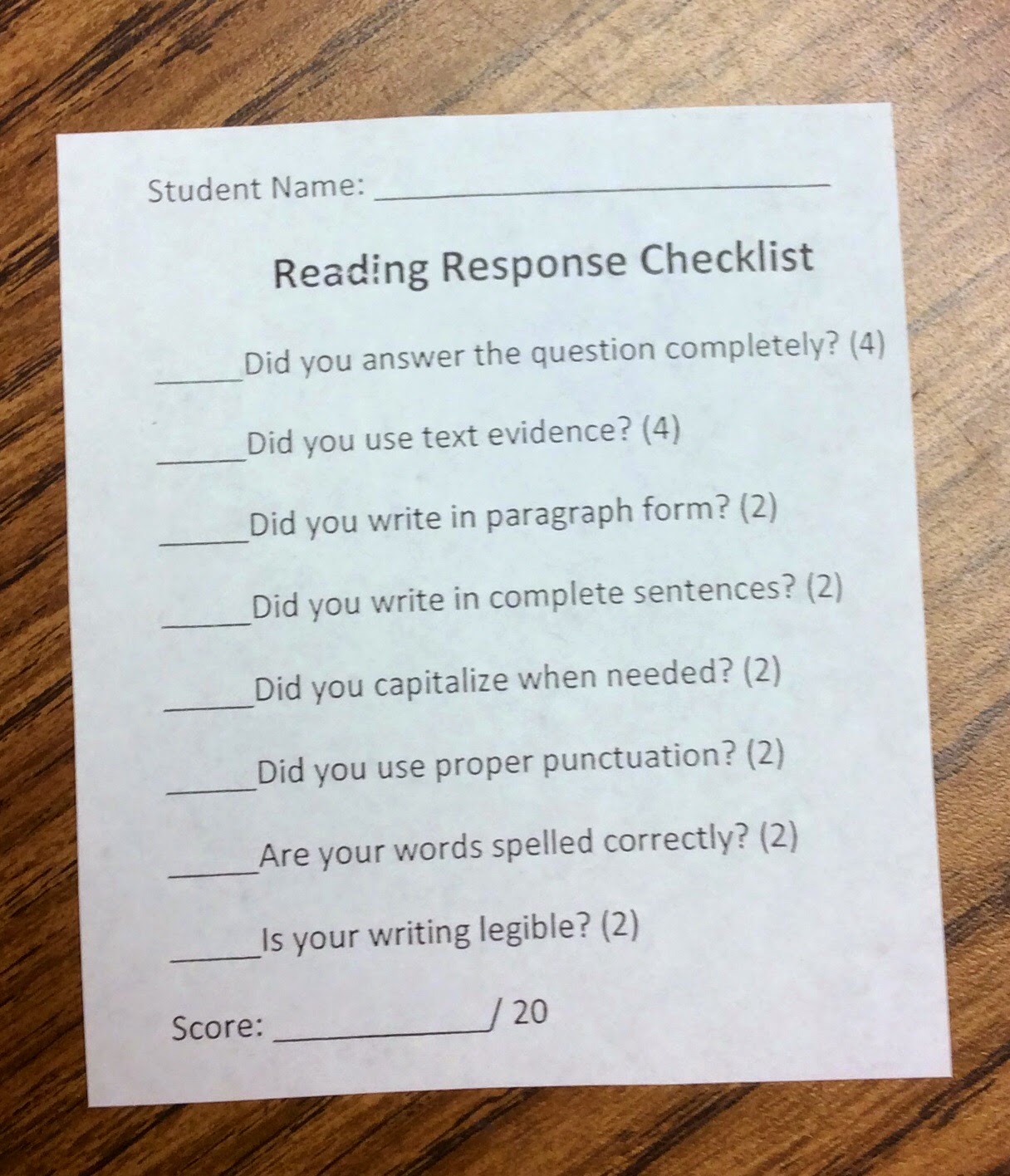This recipe contribution is by my dear friend Kristi. We became friends in 5th grade and have been the best of friends ever since. We have the same tastes in movies, books, and music and we also share a love of traveling and cooking. In fact, we traveled to Italy together, along with family and friends, a few years ago. It was a great time and an adventurous way to celebrate turning the big 4-0! Kristi is a media specialist and the one who inspired me to become a teacher! We love to talk about educational issues and share new teaching ideas. Along with sharing teaching tips, we love to share recipes. I always get the best ideas from her. This Halloween Fudge recipe incorporates two of my favorite things-peanuts and candy corn. Combine these two ingredients and it tastes like a Payday candy bar. It's addictive! Kristi is such a clever cook. I love how she combined these two salty and sweet ingredients into a fudge recipe. I hope you enjoy this yummy Halloween Fudge. - Karen
Halloween Fudge
Melt 12 ounces white chocolate chips, 1/2 cup creamy peanut butter, and one can (14 ounces) sweetened condensed milk on low heat. Remove from heat and add 1 teaspoon of vanilla, one cup peanuts, and one cup of candy corn. Quickly spread into a line 8 x 8 or 9 x 9 pan. Press additional 1/2 cup of peanuts and candy corn on top. Refrigerate to set and then cut into squares.
This is definitely NO trick, just a delicious treat! Enjoy this sweet treat and have a safe and happy Halloween! - Karen



















































